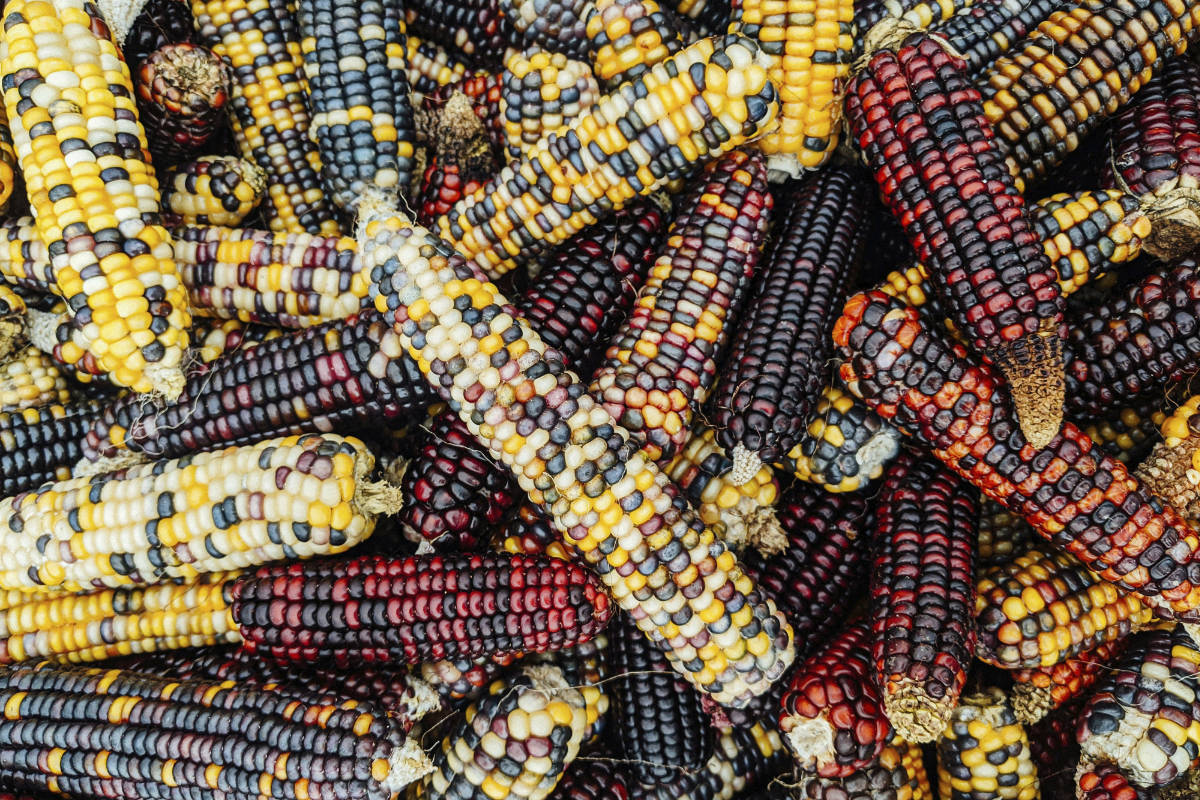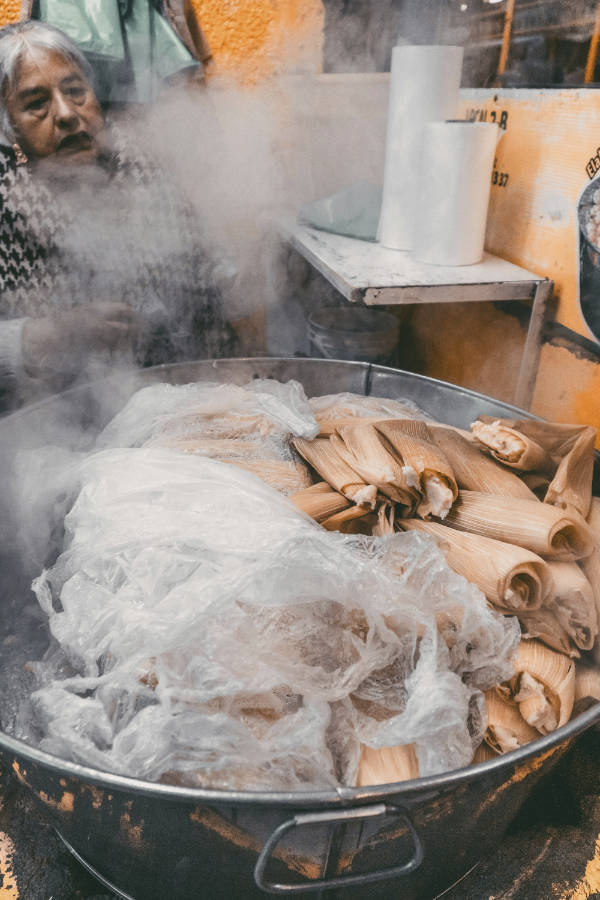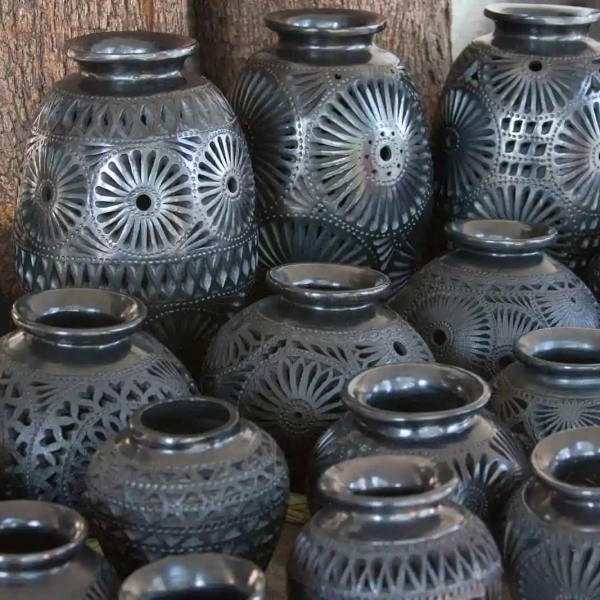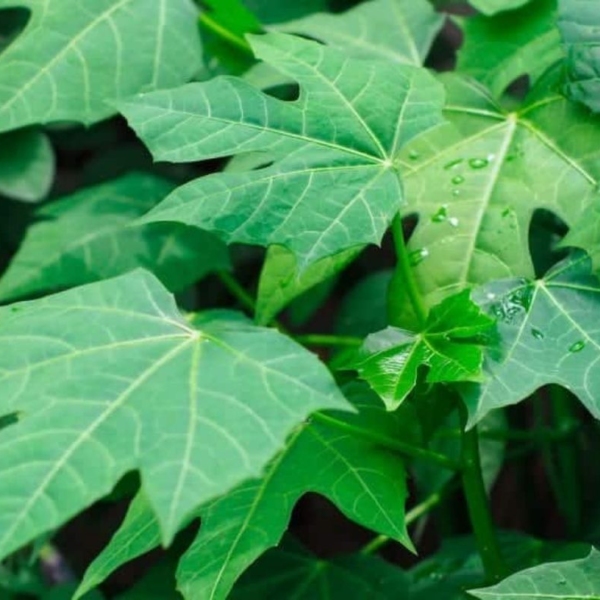
The Heart of Corn in Mexico: The Ancient Art of Nixtamal
Corn in Mexico is more than just food —it’s a symbol of heritage, tradition, and identity. For thousands of years, this sacred grain has been the foundation of Mexican cuisine, economy, and way of life. From ancient Mayan and Aztec civilizations to modern kitchens, corn remains at the heart of the country’s culture.
A Deep Connection: Corn in Mexican History
Corn, or maíz, has been cultivated in Mexico for over 9,000 years. According to Mesoamerican mythology, the gods created humans from corn, highlighting its spiritual significance. Indigenous communities perfected the nixtamalization process—soaking corn in an alkaline solution—which made it more nutritious and easier to grind into dough for tortillas, tamales, and other staples.

The Foundation of Mexican Cuisine
Corn is present in almost every traditional Mexican dish:
- Tortillas – The base of tacos, quesadillas, and enchiladas.
- Tamales – Corn dough wrapped in husks and steamed.
- Pozole – A rich hominy soup with deep pre-Hispanic roots.
- Elote & Esquites – Grilled or boiled corn with lime, chili, and cheese.
Without corn, Mexican cuisine as we know it wouldn’t exist.
What Is Nixtamal?
Nixtamal is corn that has been processed through nixtamalization, an ancient technique developed by Mesoamerican civilizations over 3,000 years ago. This process involves soaking and cooking dried corn kernels in an alkaline solution, usually water mixed with lime (cal). The result is a softer, more nutritious corn that can be ground into dough (masa), which serves as the foundation for staples like tortillas, tamales, and atole.
The nixtamalization process enhances the nutritional value of corn by increasing its calcium content, making it easier to digest, and unlocking essential nutrients like niacin (vitamin B3), which prevents deficiencies such as pellagra. It also improves the texture and flavor of corn-based foods. Today, nixtamal remains a key element of Mexican cuisine, linking modern kitchens to ancient traditions.
Economic and Cultural Importance
Millions of farmers rely on corn cultivation, and Mexico boasts thousands of native corn varieties. Despite globalization, many rural communities preserve traditional farming techniques, ensuring the survival of heirloom corn strains.
Corn is more than just a crop—it’s a way of life. It connects past and present, bringing families together through food, celebrations, and traditions.



